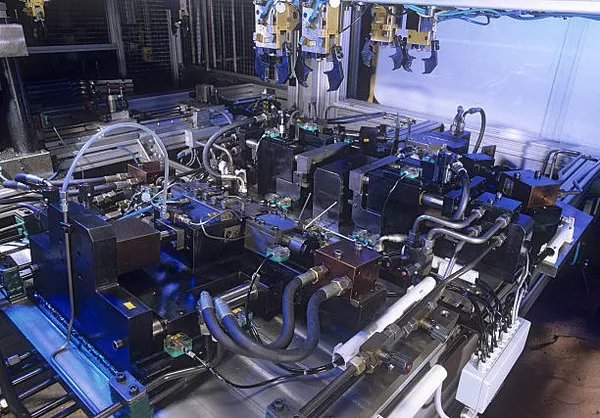In times of power outages or emergencies, having a generator to provide backup electricity to your home can be invaluable. However, properly connecting a generator to your house requires careful planning and execution to ensure safety and effectiveness. In this comprehensive guide, we will walk you through the essential steps and considerations for hooking up a generator to your house.
Understanding Generator Types:
Before delving into the setup process, it’s crucial to understand the types of generators available. There are portable generators and standby generators. Portable generators are typically smaller, mobile units that can be moved around and connected temporarily during power outages. Standby generators, on the other hand, are permanently installed and automatically kick in when the main power source fails. The setup process may vary depending on the type of generator you have.
Assessing Power Needs:
Determining your power requirements is the first step in choosing the right generator and ensuring it can adequately meet your needs. Make a list of essential appliances and devices you want to power during an outage, including lights, refrigerators, heaters, and medical equipment. Calculate the total wattage these devices consume to determine the size of the generator needed.
Selecting the Right Generator:
Once you have assessed your power needs, select a generator that can provide sufficient wattage to meet those requirements. Consider factors such as fuel type (gasoline, propane, diesel), runtime, noise level, and portability. Additionally, if you opt for a standby generator, ensure it is compatible with your house’s electrical system and meets local building codes.
Location and Placement:
The next step is to determine the location for installing the generator. For portable generators, choose a well-ventilated outdoor area away from windows, doors, and vents to prevent carbon monoxide buildup. Ensure the generator is placed on a stable, level surface and protected from moisture and debris. For standby generators, consult with a professional to determine the optimal location for installation, typically near the main electrical panel.
Transfer Switch Installation:
A transfer switch is a critical component for safely connecting a generator to your house’s electrical system. It prevents backfeeding, which can pose a serious safety hazard to utility workers and damage appliances. There are two types of transfer switches: manual and automatic. Manual transfer switches require you to manually switch between utility power and generator power during outages, while automatic transfer switches detect power loss and automatically switch to generator power. Install the transfer switch according to the manufacturer’s instructions, or hire a licensed electrician for proper installation.
Wiring and Connection:
Once the transfer switch is installed, you can proceed with wiring the generator to your house. Follow these steps for a safe and effective connection:
Install a weatherproof electrical inlet box outside your home near the generator location. This box allows you to plug in the generator safely.
Connect the generator to the inlet box using a heavy-duty power cord rated for outdoor use and compatible with your generator’s wattage and amperage.
Route the power cord away from foot traffic and potential hazards, securing it with cable clamps or ties.
Plug the power cord into the inlet box and ensure it is securely connected.
Test the generator to verify that it powers the selected circuits and appliances in your home.
Safety Precautions:
Safety should always be a top priority when working with generators and electrical systems. Follow these safety precautions to prevent accidents and injuries:
Never operate a generator indoors or in an enclosed space, as it can lead to carbon monoxide poisoning.
Keep generators at least 20 feet away from windows, doors, and vents to ensure proper ventilation.
Use heavy-duty extension cords rated for outdoor use when connecting appliances to the generator.
Do not overload the generator by powering more appliances than it can handle.
Regularly inspect and maintain the generator, transfer switch, and electrical connections to ensure they are in good working condition.
If you are unsure about any aspect of generator installation or operation, consult with a licensed electrician or generator technician.
See ALSO Do I Have to Ground My Generator? A Comprehensive Guide
Conclusion:
Hooking up a generator to your house can provide peace of mind during power outages and emergencies. By understanding your power needs, selecting the right generator, installing a transfer switch, and following safety precautions, you can ensure a safe and reliable backup power solution for your home. If in doubt, always seek professional assistance to ensure proper installation and operation of your generator system.


